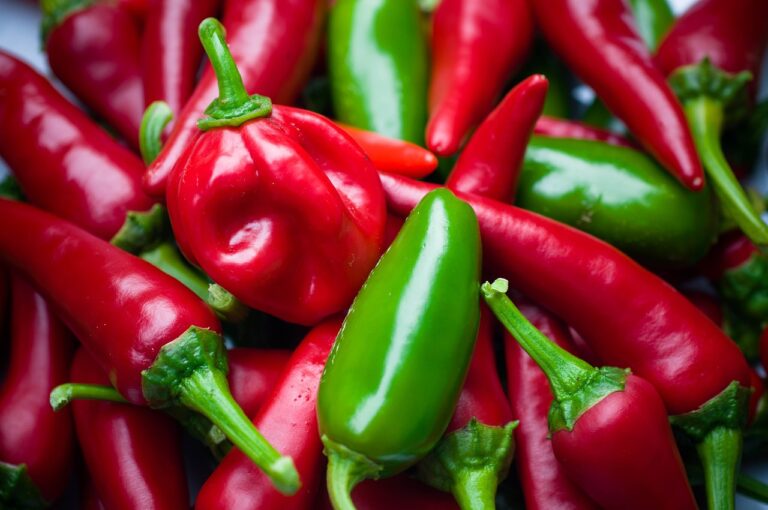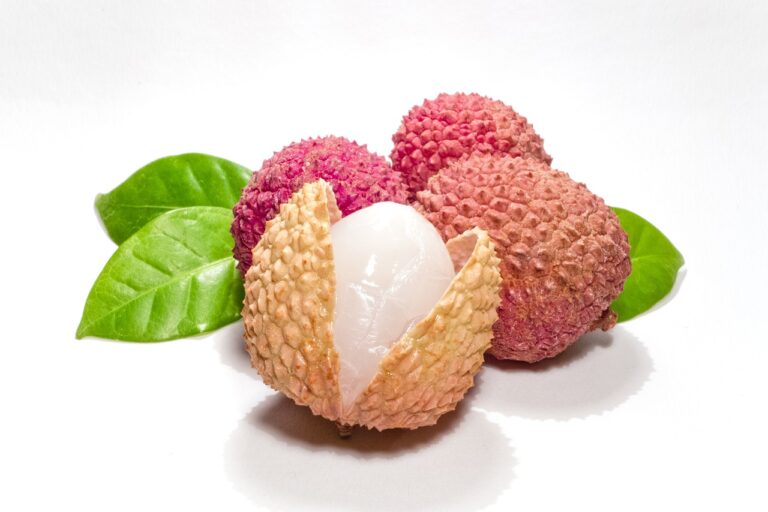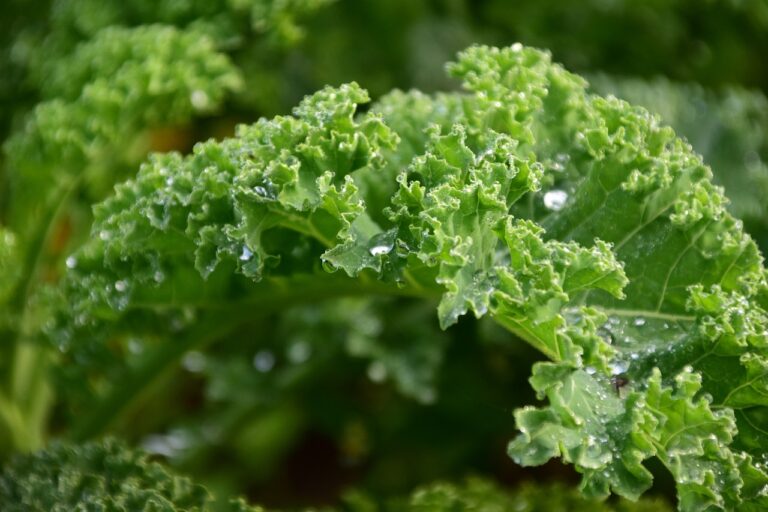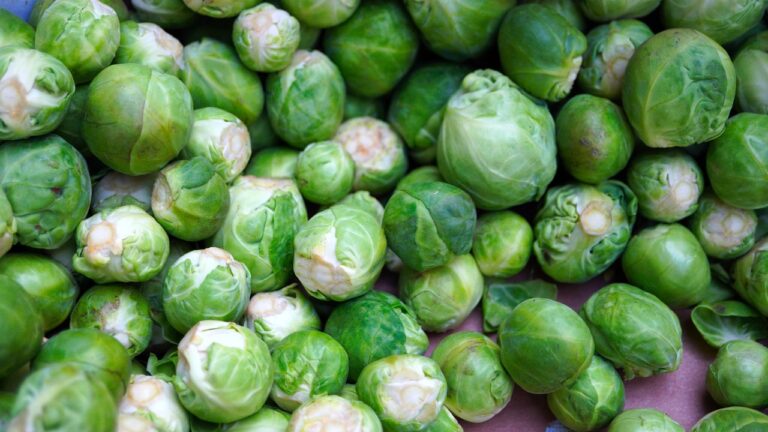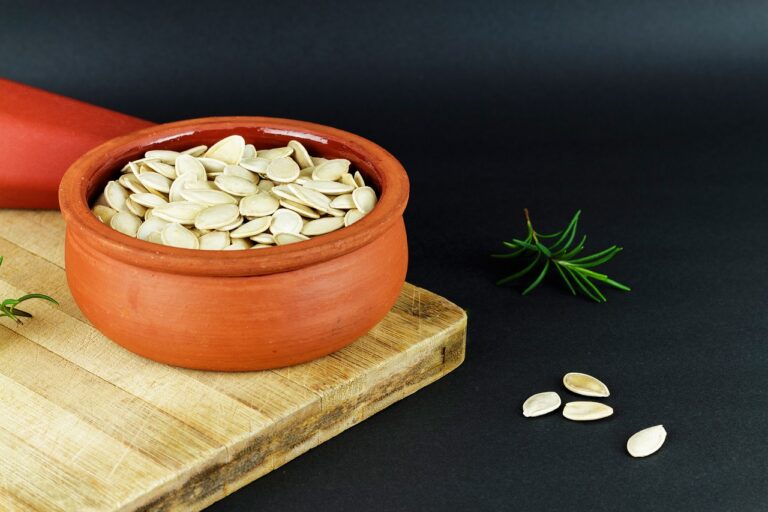Craving Jam? Here Are 10 Enticing Reasons Why
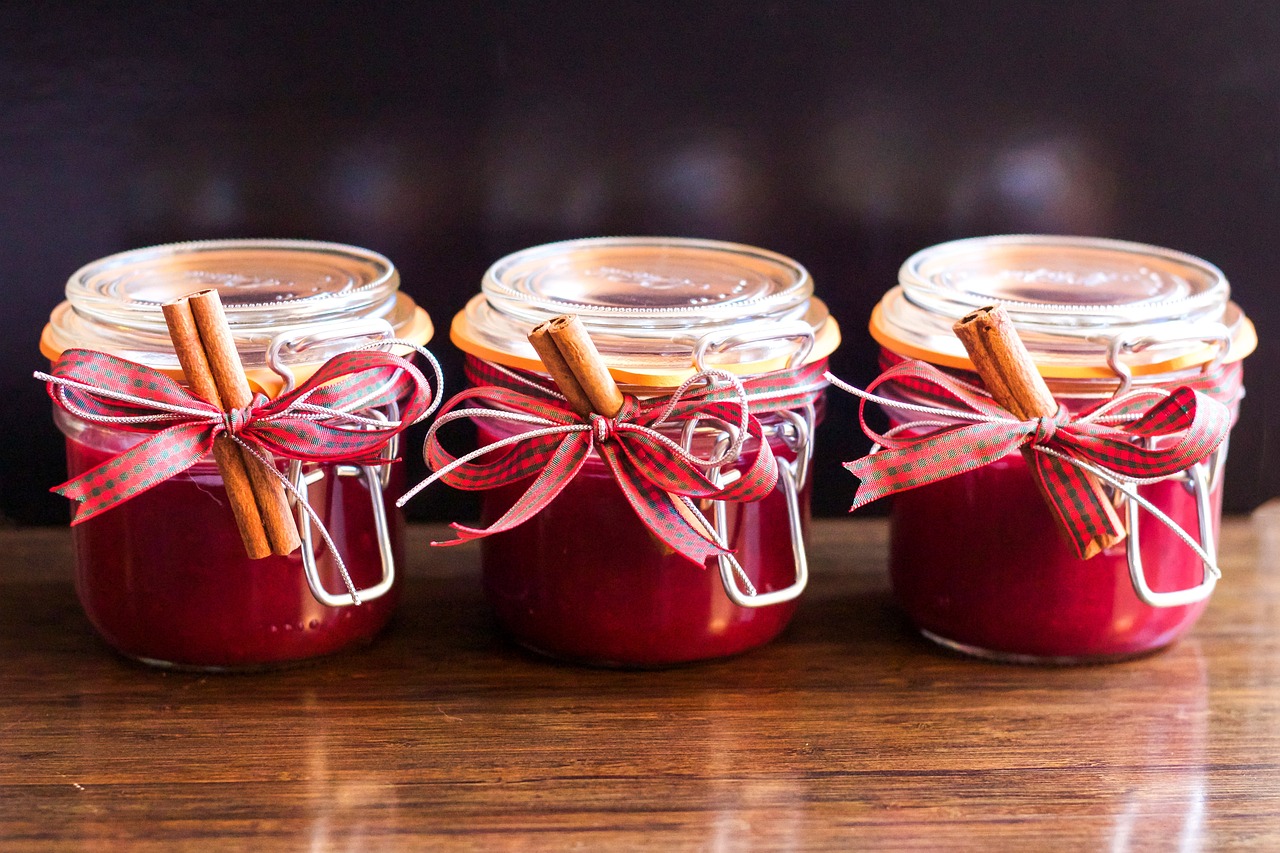
Jam, with its vibrant colors, rich flavors, and comforting texture, has been a staple in culinary traditions worldwide. It’s not just a breakfast condiment; it’s a versatile ingredient that finds its way into various meals, enhancing flavors and adding a touch of sweetness. But what about those times when the craving for jam becomes more than just a passing desire? In this article, we explore the phenomenon of craving jam, examining the reasons behind these cravings and the broader implications they may have.
Why Am I Craving Jam?
1. Sweet Tooth Satisfaction
The primary allure of jam is its sweetness. For many, craving jam is a direct response to an innate desire for sugar. This craving can be both physiological and psychological, rooted in our evolutionary preference for high-energy foods.
Moreover, the satisfaction derived from indulging in the sweet taste of jam can trigger the release of feel-good hormones like dopamine, reinforcing the craving. It’s a cycle of seeking pleasure through sweetness, where jam serves as a readily available and delicious source.
2. Comfort and Nostalgia
Jam often holds a nostalgic value, reminding us of childhood breakfasts, family gatherings, or simply a time when life seemed simpler. Craving jam can thus be a longing for comfort and the warmth of past memories.
This emotional connection to jam transforms it from a mere food item into a source of comfort during times of stress or sadness. The act of spreading jam on toast or incorporating it into a recipe can be a therapeutic ritual, providing solace and a sense of continuity with the past.
3. Nutritional Needs
Sometimes, our bodies crave what they currently lack. Jam, being made from fruits, contains certain vitamins and minerals, albeit in varying amounts depending on the fruit and preparation method. Craving jam might signal a need for these nutrients or an energy boost due to its high sugar content.
However, it’s essential to consider that while jam can provide some nutritional benefits, it should not be relied upon as a primary source of vitamins. Balancing jam consumption with a diet rich in whole foods is crucial.
4. Variety and Flavor Exploration
The vast array of jam flavors available can spark curiosity and a desire to explore different taste profiles. From classic strawberry to exotic fig, there’s always a new flavor to discover.
Craving jam can be a manifestation of this desire for culinary adventure, pushing us to experiment with flavors and incorporate them into various dishes. It’s a way to break the monotony of daily meals and explore the richness of different cultures through their jam-making traditions.
5. Texture and Mouthfeel
The unique texture of jam—smooth, yet with bits of fruit—can be particularly appealing for some. This craving for a specific mouthfeel is not uncommon and can be as influential as the taste itself.
The sensory experience of eating jam, from its spreadability to the way it combines with other foods, contributes to its crave-worthy status. It adds a layer of complexity to meals, enhancing not just the flavor but the overall dining experience.
6. Psychological Reward
Indulging in a craving, like one for jam, can serve as a psychological reward. It’s a small act of self-care, a momentary escape from the stresses of daily life.
This reward mechanism can make jam an appealing choice when seeking a quick mood boost or a way to celebrate small victories. It’s a simple pleasure that can have a significant impact on one’s emotional well-being.
7. Seasonal Cravings
Certain times of the year might trigger a craving for specific jam flavors, associated with seasonal fruits or holidays. For example, the desire for pumpkin jam in autumn or berry jams during summer.
These cravings are tied to the sensory experiences that define different seasons, with jam serving as a conduit to those times of year. It’s a way to embrace the season’s offerings and integrate them into our meals and rituals.
8. Social Influences
Social media and marketing can play a substantial role in influencing our cravings, including for jam. Seeing images of gourmet jam pairings or innovative recipes can ignite a desire to experience those flavors ourselves.
Additionally, social gatherings or traditions involving jam can create a collective craving, where the desire is as much about the shared experience as it is about the jam itself.
9. Energy Boost
The quick energy provided by the sugars in jam can be a reason behind the craving, especially for those needing a rapid boost. This is particularly relevant in the morning or mid-afternoon when energy levels tend to dip.
While not the most sustainable energy source, jam can offer a temporary solution to fatigue, making it a go-to for instant revitalization.
10. Dietary Restrictions
For individuals with dietary restrictions, jam can be a safe indulgence. Whether due to allergies, health conditions, or personal choices, jam can provide a sweet treat without compromising dietary needs.
This accessibility makes jam an attractive option, fulfilling the desire for sweetness in a way that aligns with one’s dietary parameters. It’s a reminder that pleasure in food can still be found within restrictions.
Conclusion
Craving jam is a multifaceted experience, influenced by a blend of physiological, psychological, and cultural factors. Whether it’s the sweetness, the comfort, the nutritional content, or simply the desire for a taste of nostalgia, jam holds a special place in many people’s hearts and diets. Understanding these cravings can lead to a deeper appreciation of our food choices and the memories and emotions they evoke. As we spread that jam on our morning toast or incorporate it into a recipe, we’re not just satisfying a craving; we’re partaking in a rich tapestry of flavors, textures, and memories that span the globe and generations.

